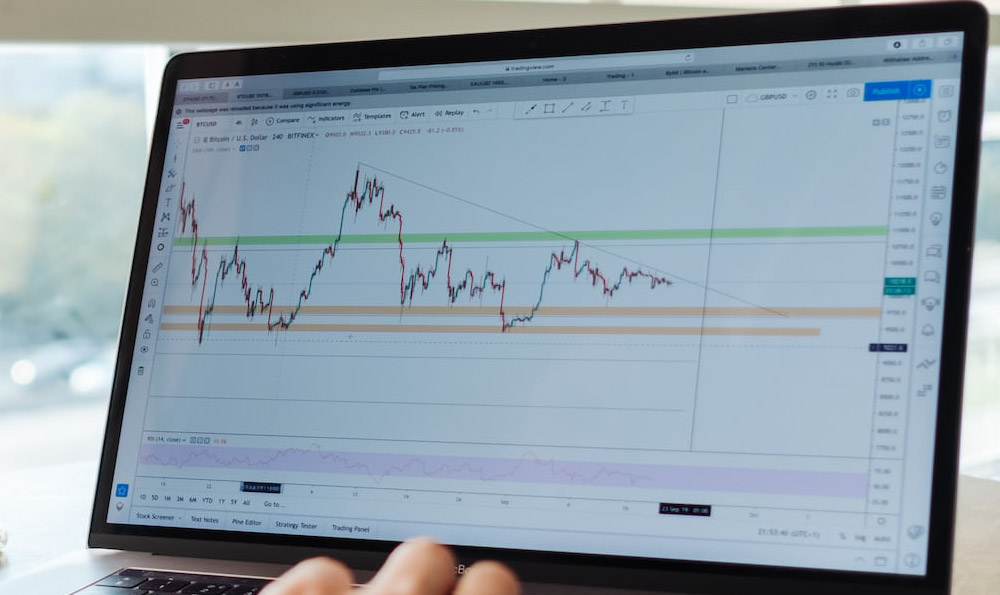The Rothschild family’s ascent from modest beginnings in Frankfurt to becoming one of the most influential financial dynasties in history offers a blueprint for understanding the principles of wealth accumulation, strategic investing, and risk management that remain relevant in today’s volatile markets. Their story is not merely one of historical curiosity but a testament to the power of foresight, adaptive strategies, and the ability to navigate economic landscapes with precision. By dissecting their methods, modern investors—particularly those in virtual currencies—can glean insights into time-tested principles that transcend centuries and financial systems.
At the core of the Rothschild’s success was their mastery of financial intermediation. In the early 19th century, when the Napoleonic Wars disrupted European economies, the family capitalized on the chaos by acting as a bridge between governments and capital. They established a network of private banks across major cities, including London, Paris, Vienna, and Naples, which allowed them to access and manipulate financial flows with unprecedented efficiency. This ability to shift money across borders and leverage geopolitical events for profit mirrors the way crypto investors today exploit market gaps and regulatory shifts. Just as the Rothschilds anticipated wars and their economic consequences, modern traders look for macroeconomic indicators, policy changes, and technological breakthroughs to identify opportunities in the crypto market. Their decentralized banking model, though rooted in the 1800s, foreshadows the decentralized nature of blockchain and the importance of network effects in today’s digital assets.
The Rothschilds also excelled in risk diversification, a principle that has become foundational in modern investment strategy. Rather than concentrating their resources in a single market or asset class, they diversified across multiple sectors and regions. For instance, their early investments in the British government’s war bonds were balanced with ventures in mining, shipping, and manufacturing. This approach minimized exposure to localized failures and ensured resilience during economic downturns. Similarly, crypto investors can apply diversification by allocating funds across different cryptocurrencies, blockchain projects, and traditional assets. The volatile nature of virtual currencies demands a portfolio that mitigates risks from market bubbles, regulatory crackdowns, and technological obsolescence. The Rothschild’s historical success underscores the importance of not putting all eggs in one basket, even in an era of rapid innovation and uncertainty.

Another critical factor was their focus on long-term value creation over short-term speculation. While many of their contemporaries sought immediate gains, the Rothschilds prioritized establishing durable financial institutions and fostering relationships with key stakeholders. They invested in infrastructure, such as the development of railroads in Europe, which generated steady returns and reinforced their economic influence. This long-term perspective is essential in virtual currency markets, where short-term price swings can often obscure the underlying value of a project. Investors must avoid the trap of chasing rapid profits and instead evaluate cryptocurrencies based on their technological innovation, real-world applications, and potential for sustainable growth. The Rothschilds understood that true wealth lies not in fleeting advantages but in structures that endure and evolve with time.
The family’s reputation for secrecy and information control further amplified their success. By restricting access to their financial strategies and leveraging insider knowledge, they maintained an edge over competitors. This practice, while ethically contentious, highlights the importance of information asymmetry in financial markets. In the crypto world, where information dissemination is rapid but often misleading, investors must cultivate critical thinking and source their data from reliable, transparent channels. The Rothschilds’ ability to keep their operations opaque protected them from manipulation, a lesson that resonates in an industry plagued by scams, pump-and-dump schemes, and misinformation. Building a network of trusted advisors and staying informed about market trends, regulations, and technological advancements can help investors avoid these pitfalls.
Their adaptability to changing circumstances was another hallmark of their strategy. The Rothschilds transitioned from traditional banking to become key players in global finance, recognizing the potential of new technologies and markets as they emerged. For example, they were among the first to invest in the telegraph, understanding its transformative impact on communication and commerce. This adaptability is crucial for crypto investors, who must remain agile in the face of shifting market dynamics, regulatory environments, and technological innovations. The ability to pivot from one asset class to another, or to embrace new tools like decentralized finance (DeFi) or stablecoins, can determine the longevity of an investment.
The Rothschild family’s legacy also reveals the power of legacy and intergenerational wealth planning. By establishing a cohesive family office to oversee their financial ventures and ensuring that their children were educated in banking and economics, they created a system for sustained success. This emphasis on institutional knowledge and continuity is vital for investors in virtual currencies, where the market’s rapid evolution can render individual expertise obsolete. Building a robust framework for managing assets, whether through a traditional financial institution or a decentralized wallet, ensures that wealth can be preserved and grown over time.
Finally, the Rothschilds’ success was rooted in their ability to anticipate market needs and act decisively. During the 1840s, they identified the demand for secure and efficient cross-border transactions, leading to the development of a global banking network. This forward-thinking approach is echoed in the crypto space, where investors must anticipate trends such as institutional adoption, environmental sustainability concerns, or the rise of AI-driven trading. By staying ahead of the curve, investors can position themselves to gain from paradigm shifts rather than falling behind.
In essence, the Rothschilds’ story is a masterclass in financial strategy. Their ability to control information, diversify risks, focus on long-term value, and adapt to change offers a framework that remains applicable in today’s markets. For virtual currency investors, these lessons serve as a reminder that wealth accumulation is not solely about timing or luck but about understanding the forces that shape markets and applying disciplined, informed strategies to navigate them. The past may not repeat itself, but its lessons—carved into the very fabric of financial history—continue to guide those seeking to build enduring wealth.












